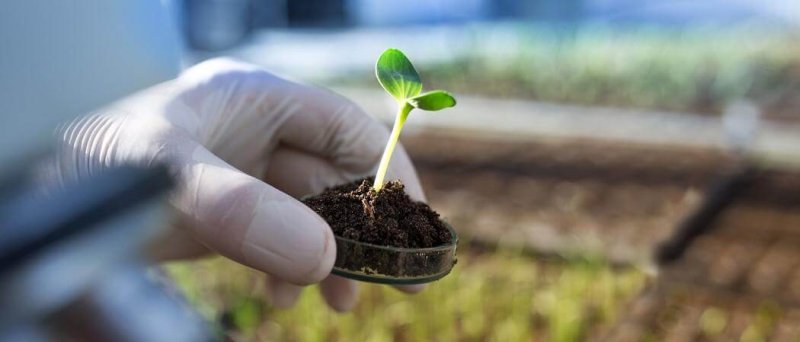Should genome-editing products be considered genetically modified organisms (GMOs) subject to the same regulations as products derived from transgenesis? There is no unanimous consensus across the world depending on countries’ policy.
…
Since 1996, the year in which the first transgenic crops (biotech) were planted, the world is divided into two parts: on the one hand the countries that adopted them – they are in North and South America, Asia and the Pacific-Oceania region -, and on the other hand, those that rejected them – the Middle East and a majority of African and European countries (with the exception of Spain and Portugal).
Today, 191.7 million hectares of biotech plants are grown with a range of globalized crops (corn, cotton, soybeans, as well as canola that derives from rapeseed) or more territorial (Papaya in Hawaii, Bt Eggplant in Bangladesh, Arctic Apples in British Columbia, Golden Rice in the Philippines). They express herbicide tolerance traits and resistance to insect pests or diseases, and more recently drought-resistant traits or biofortification (e.g., Engineering Golden Rice)
So, this clearly distinguishes probiotech countries (which grow and import GMO crops) and those that are more reserved (which import GMO crops but refuse to grow them) [like the EU]. This is further reflected by the rules that are applied for genome editing innovations.
…
Several well-known members of the German Green Party, elected in various political bodies such as the Bundestag (German parliament) and the Hamburg Senate, published, in a non-majority approach, in June 2020, a manifesto entitled: “New times, new responses: regulating the law of genetic engineering in a modern way”.
They point out that applied genetic engineering in human health is universally accepted and that applications in agriculture can also be part of sustainability “appropriate supervision”; saving time to face the challenges of the future such as climate change.
Noting that the current regulations favour “monopoly structures in agriculture”, which hinders public research, they stress the need for new rules to give public institutions and medium-sized enterprises an opportunity to use these new techniques to better respond to innovation challenges.
They conclude that European regulations no longer correspond to the current state of science. They asked for “a balanced and prudent technological assessment in dialogue with science.”
It is in this context that the European Commission is currently developing a document planned to be released in early spring 2021. Such a document is of critical importance to the future of European agriculture and the agri-food independence of its Member States.































